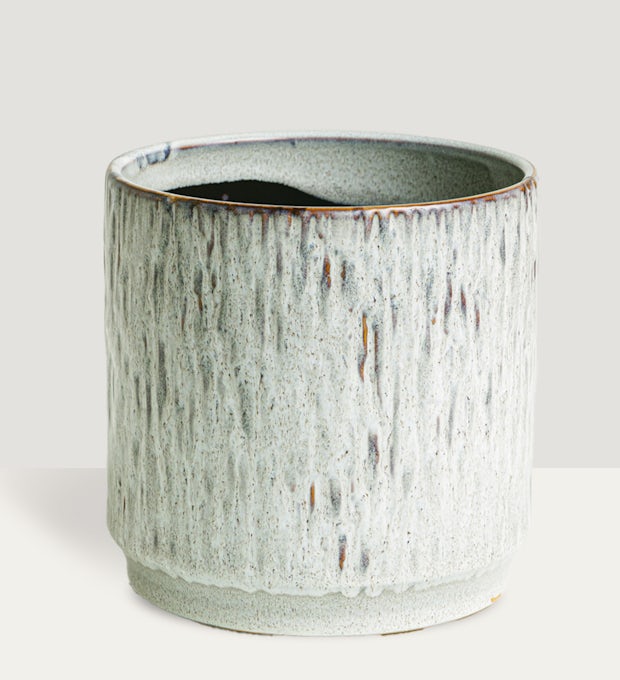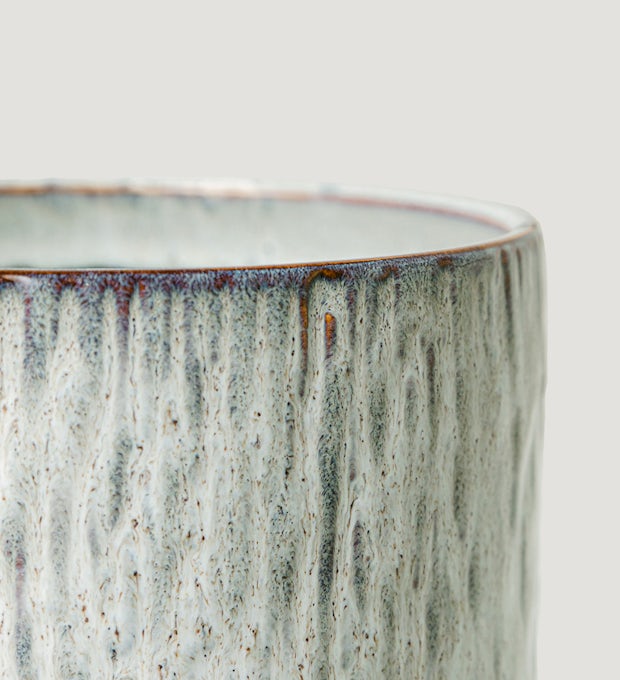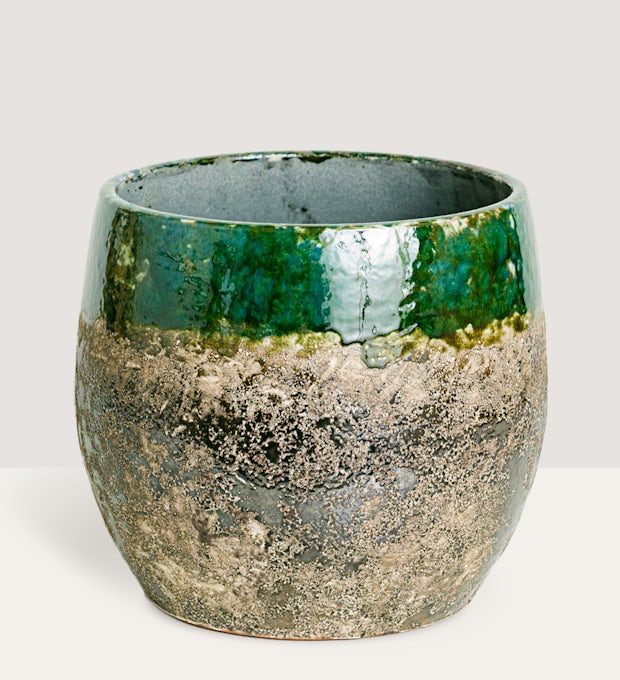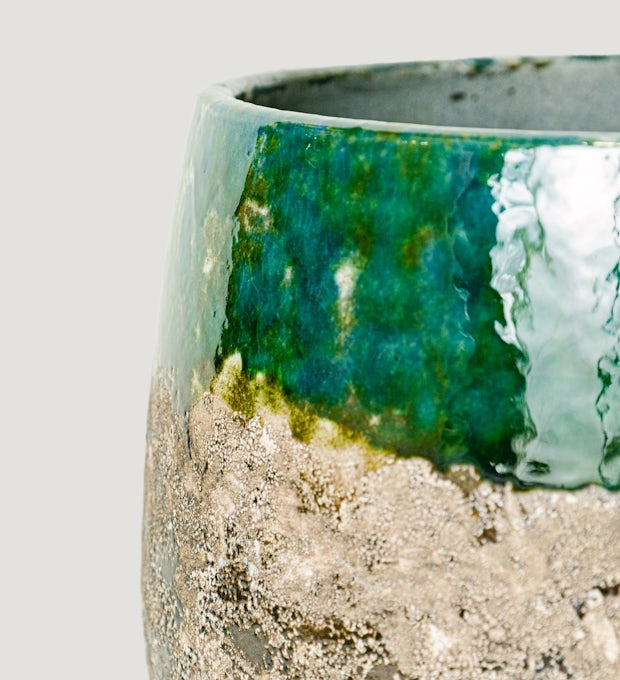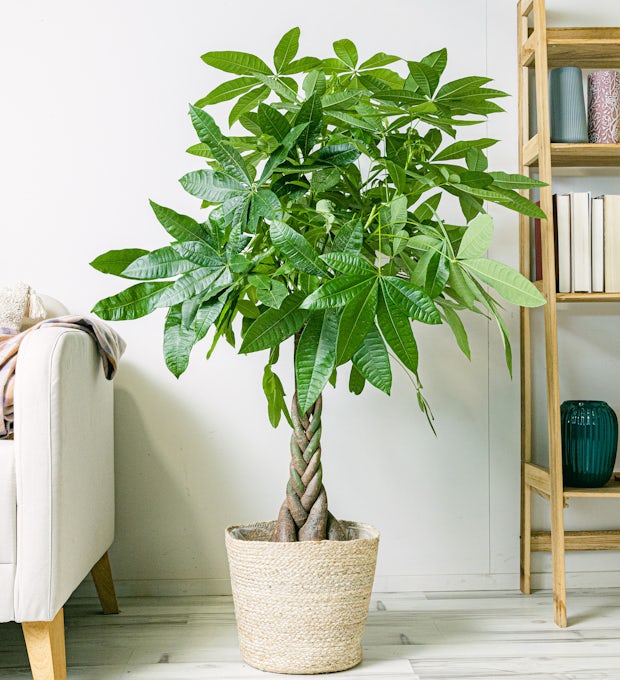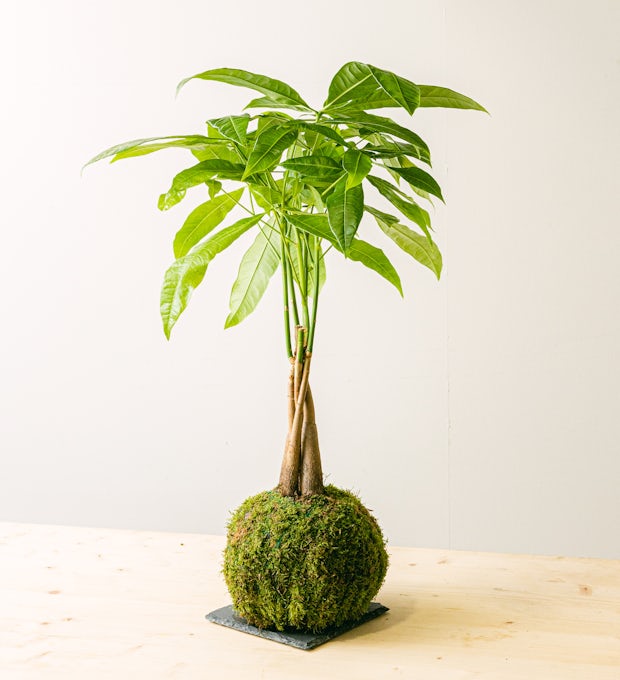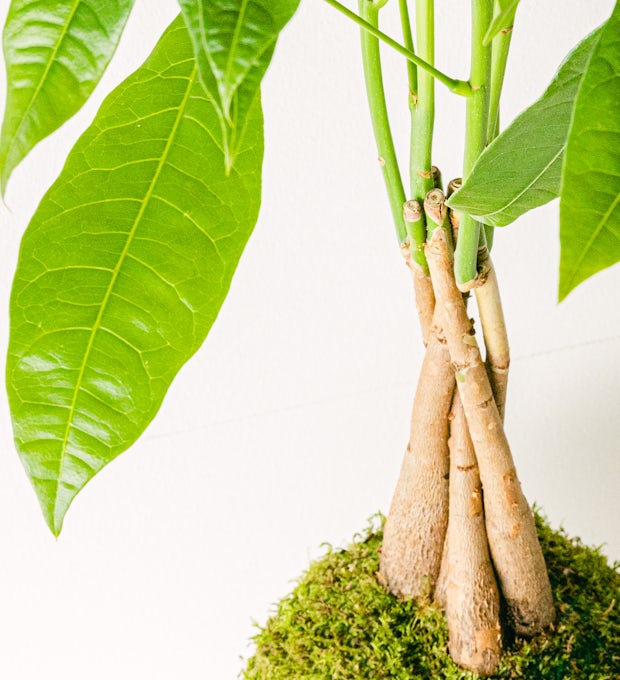If you are a nature lover and love to have a garden full of life, you can't miss the opportunity to transform it into a butterfly paradise with our eco-friendly insect hotels. In this article, you'll find out why it's important to have these hotels in your garden, how to create a butterfly-friendly space, and what the best materials are to build them. In addition, we will show you creative designs so that you can stand out in your garden decoration and teach you how to maintain and take care of your eco-friendly hotels so that they last a long time. We will also give you recommendations on which plants attract butterflies and how to enjoy the beauty of these insects in your own garden. Get ready to fill your green space with color and life!
Why are eco-friendly hotels for insects important?
Eco-friendly insect hotels are important because they help create an environment conducive to insect life and contribute to maintaining ecological balance. Insects are essential in the ecosystem, acting as pollinators, pest controllers, and decomposers of organic matter. However, the loss of natural habitat due to urbanization and intensive agriculture has decreased their population and diversity. Eco-friendly insect hotels offer a safe and secure haven for these living things, allowing them to reproduce and contribute to the life cycle of the garden or park. In addition, by promoting biodiversity, the presence of birds and other animals that feed on insects is encouraged. Building eco-friendly hotels can also be an educational and fun activity for children and adults, as they can learn about the importance of insects in the ecosystem and how to take care of them. On the other hand, eco-friendly hotels for insects not only benefit the insects, but also the plants and flowers in the garden, since having more pollinators increases their production and quality. In summary, eco-friendly hotels for insects are important because they contribute to the conservation of biodiversity, help maintain ecological balance, and are an educational tool to raise awareness about the importance of insects in our environment.
How to Create a Butterfly-Friendly Garden
Creating a butterfly-friendly garden is a wonderful way to attract and enjoy the beauty of these fascinating insects in our own outdoor space. To achieve this, it is important to consider a few key aspects. First and foremost, it is essential to provide butterflies with a food source. This can be achieved by planting nectariferous flowers that are rich in nectar, such as lavender, sage, cosmos, or verbena. Not only are these flowers beautiful, but they also attract butterflies with their colors and fragrances.
In addition to flowers, it is important to consider host plants, which are those in which butterflies lay their eggs and feed on their larvae. Some common host plants include nettle for the Vanessa butterfly or swallowtail for the swallowtail butterfly.
Another key aspect of creating a butterfly-friendly garden is providing them with places to rest and protect themselves from the weather. You can do this by incorporating dense shrubs or climbing plants where they can take shelter from wind and rain.
Finally, avoiding the use of pesticides and chemicals in the garden is critical to maintaining a safe and healthy environment for butterflies. Opt for natural pest control methods and organic fertilizers.
By following these tips, you can create a welcoming garden full of life for butterflies. You will enjoy its presence while contributing to its conservation and the ecological balance in your environment.
We ship plants to all locations, you can see more options here.
Best Materials to Build an Eco-Friendly Hotel for Insects
When building an eco-friendly insect hotel, it is important to use the best materials that are safe and attractive to insects. Some of the most recommended options include untreated natural wood, bamboo, plant reeds, hollow logs, and straw. These materials provide shelter and nesting grounds for different species of insects, including butterflies. Natural, untreated wood is especially beneficial, as it is durable and provides a rough surface that makes it easier for insects to grab. Bamboo and plant canes are ideal for building hollow sections where insects can live and reproduce. Hollow logs offer additional nesting and shelter space. Straw is another popular material, as it can be compressed into boxes or tubes to create cozy spaces for insects. It is important to avoid using materials treated with chemicals or toxic paints, as they can be harmful to insects and the environment in general. By choosing the right materials, you can ensure that your eco-friendly hotel is a safe and attractive haven for butterflies and other beneficial insects.
We ship plants to all locations, you can see more options here.
Creative Designs for Eco-Friendly Hotels: Make Your Garden Stand Out!
Creative Designs for Eco-Friendly Hotels: Make Your Garden Stand Out!
If you're looking for a way to add a touch of originality and style to your garden, creative eco-friendly hotel designs are the perfect choice. Not only do these hotels provide a safe haven for beneficial insects, but they also become eye-catching decorative elements in your outdoor space.
There are different creative designs that you can incorporate into your garden to make your eco-friendly hotel stand out. For example, you can choose to build a vertical hotel using Recycled materials such as bamboo pipes or hollow logs. Not only is this design functional, but it also adds height and dimension to your garden.
Another option is to build an eco-friendly hotel in the shape of a casita or small cabin. You can use recycled wood and add details like painted windows or doors for a charming touch. Not only will this design provide a welcoming haven for insects, but it will also become a visually appealing focal point in your garden.
If you prefer something more modern and minimalist, you can opt for an eco-friendly hotel design with stacked compartments. Use wooden boxes or cinder blocks and place them on top of each other, creating different levels for the insects to find their ideal home.
Remember that the key to making your garden stand out with these creative designs is to choose sustainable and environmentally friendly materials. Also, make sure to place the eco-friendly hotel in a sunny, wind-protected area to ensure the comfort of insects.
With these creative designs for eco-friendly hotels, you will be able to transform your garden into a unique and lively space, while contributing to the conservation of beneficial insects and promoting biodiversity in your environment.
Maintenance and care of your eco-friendly hotels for insects
Once you've built your eco-friendly insect hotel, it's important to maintain and care for it properly to ensure its long-term functionality. One of the main maintenance tasks is to clean the hotel regularly, as insects tend to leave debris and cobwebs inside. You can do this by using a soft brush or a vacuum cleaner with a narrow nozzle to remove dirt without damaging the hotel's structure.
Also, you need to make sure that the hotel is located in a suitable and safe place. It is important that you are not exposed to extreme weather conditions such as strong winds or heavy rain, as this can damage the hotel and affect the life of the insects that inhabit it. It is also advisable to place the hotel in a place where it will receive enough sunlight during the day, as this will help maintain a suitable temperature for insects.
Another important task is to replace the hotel's materials from time to time. Organic materials such as twigs, dried leaves, and pine cones can decompose over time, which can affect habitat quality for insects. Therefore, it is recommended to replace these materials every six months or as needed.
In short, properly maintaining and caring for your eco-friendly insect hotel is essential to ensure its functionality and ensure the lives of the insects that inhabit it. Be sure to clean it regularly, place it in a safe place, and replace materials as needed to create a healthy and inviting home for your insect friends.
What plants attract butterflies? Discover our recommendations
Plants play a crucial role in attracting butterflies to your garden. If you're looking to create a butterfly paradise, here are some recommendations for plants that are sure to attract these beautiful insects. First of all, the brightly colored, sweet-smelling flowers are irresistible to butterflies. Species such as lavender, lily, sunflower, and verbena are great choices. In addition, plants with abundant nectar, such as sage and cosmos, are also very attractive to butterflies. Another popular option is the butterfly plant (Asclepias), which not only provides food for caterpillars, but also nectar for adult butterflies. If you have enough space, consider including shrubs such as the buddleja or "butterfly bush," which is known to attract a wide variety of butterflies. In addition to these recommendations, it is important to consider the diversity of plants in your garden. Butterflies are attracted to a variety of flowers and plants, so be sure to include different types and colors in your design. By providing an environment rich in attractive plants, you'll be creating an ideal habitat for butterflies to visit and enjoy your garden.
Enjoy the beauty of butterflies in your own garden
Enjoy the beauty of butterflies in your own garden and feel the connection with nature that we so desperately need. Butterflies are an important indicator of the health status of our environment, so it's vital to create a butterflies-friendly space in our garden. In addition, the simple act of observing them can be a relaxing and rewarding activity for anyone.
To attract butterflies to your garden, it's important to plant flowers and plants that they like. Some popular choices include sunflower, lavender, cosmos, thistle, verbena, and sage. Also, be sure to provide them with a place to rest and feed by placing flat stones or shallow puddles with water and sand.
A creative way to encourage the presence of butterflies in your garden is by building an eco-friendly insect hotel. You can do this by using recycled materials such as wood, twigs, and dried leaves. Eco-friendly insect hotels offer shelter and protection to beneficial insects that help maintain the natural balance in your garden.
Finally, remember that enjoying the beauty of butterflies in your garden is not only a pleasurable activity, but also a way to contribute to the well-being of the environment. With small actions like these, we can make a big difference in the conservation of our biodiversity.
In short, eco-friendly insect hotels are a great way to transform your garden into a butterfly paradise and promote biodiversity. Through this article, we have learned about the importance of these hotels, how to create a butterfly-friendly garden, the best materials to build an eco-friendly hotel, creative designs, and recommendations for plants that attract butterflies. However, it is important to remember that creating a butterfly-friendly garden is not only beneficial to the aesthetics of the garden, but also to the environment. Butterflies are important pollinators and help maintain ecological balance. So, the next time you're enjoying the beauty of butterflies in your own garden, take a moment to reflect on how you can contribute to protecting and promoting biodiversity in your community
